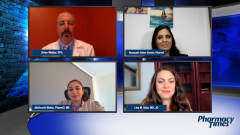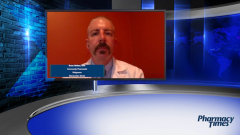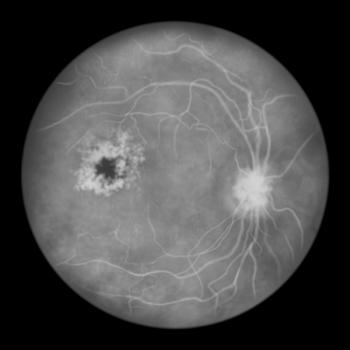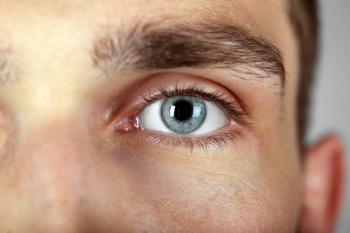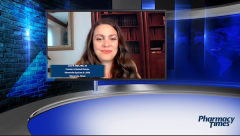
New Therapeutic Agents and Final Thoughts on DED
A panel of experts comment on new therapeutic agents being developed and discuss their final thoughts on dry eye disease.
Episodes in this series

Lisa M. Nijm, MD, JD: One of the [drugs] I’m really excited about coming down in the pipeline is OC-01 nasal spray from Oyster Point. That’s exciting to me because I used TrueTear to treat some of my patients with severe dry eye disease, which is nasal stimulation to the trigeminal nerve that causes release of tears that have the same composition as normal tears. This is a nasal spray that does the same thing, that causes neural stimulation of the trigeminal nerve to release tears. They’ve had excellent safety data that are already coming out, and they have a PDUFA [Prescription Drug User Fee Act] date at the end of October. That’s a treatment that I’m looking forward to utilizing for my patients with dry eye disease.
There are some additional formulations of cyclosporine that are in the works. Novaliq has one that’s very popular in Europe; they’re working on trials to bring to the United States. Finally, the new generation of treatments is always [found in] drug delivery, and I’m involved in some of the clinical trials for implanting punctal plugs that contain treatment for dry eye disease, such as steroids, cyclosporine, and others. There are a lot of exciting things that are coming down the pipeline. I’m really excited to have Eysuvis to use for patients, as well as adding to our armamentarium that we can help treat our patients with dry eye.
Abhiruchi Mehta, PharmD, MS: That brings us to the end of our discussion. Before we close, I would just like to ask if you have any concluding remarks or any comments. We’ll start with Brian.
Brian Walker, RPh: Dry eye disease is nothing to play around with. We all have experienced that periodically, but you want to take the time to understand what the patient is going through and make the appropriate recommendations based on their timeline to help them feel better because outcomes do matter.
Monazzah Akbar Sarwar, PharmD: Over-the-counter options definitely play a significant role in dry eye treatment. It’s an accessible first place to start when treating dry eyes, and it’s the mainstay of treatment to lubricate the eyes. We start with artificial tears, and based on the patient response, we make recommendations for a product that’s preserved or preservative-free, as well as ensuring that we make the appropriate recommendations for them to see a physician.
Lisa M. Nijm, MD, JD: I agree. Dry eye is an incredibly important condition that oftentimes gets overlooked for patients, but if you’ve ever experienced dry eye yourself, you know that this is something that significantly impacts how you feel in your daily life. It’s not something to overlook in our patients, especially now that we have so many more treatment options beyond artificial tears—with Eysuvis, with the other chronic therapies. Patients don’t have to suffer with being on just artificial tears and not really obtaining relief. There are short-term treatments. They can be on it for as little as 2 weeks with Eysuvis. If they’ve got underlying chronic conditions, there are treatments available and additional things that we can do, both pharmacologic and nonpharmacologic, in the office. I implore the pharmacy community to help us with that large population of patients with undiagnosed and underdiagnosed dry eye disease to help get our patients the treatment that they need.
Abhiruchi Mehta, PharmD, MS: Thank you. This has really been an enriching discussion, and I thank you all for your time. To our viewing audience, we hope you found this Pharmacy Times® webcast rich and informative.
Transcript edited for clarity.
Newsletter
Stay informed on drug updates, treatment guidelines, and pharmacy practice trends—subscribe to Pharmacy Times for weekly clinical insights.

